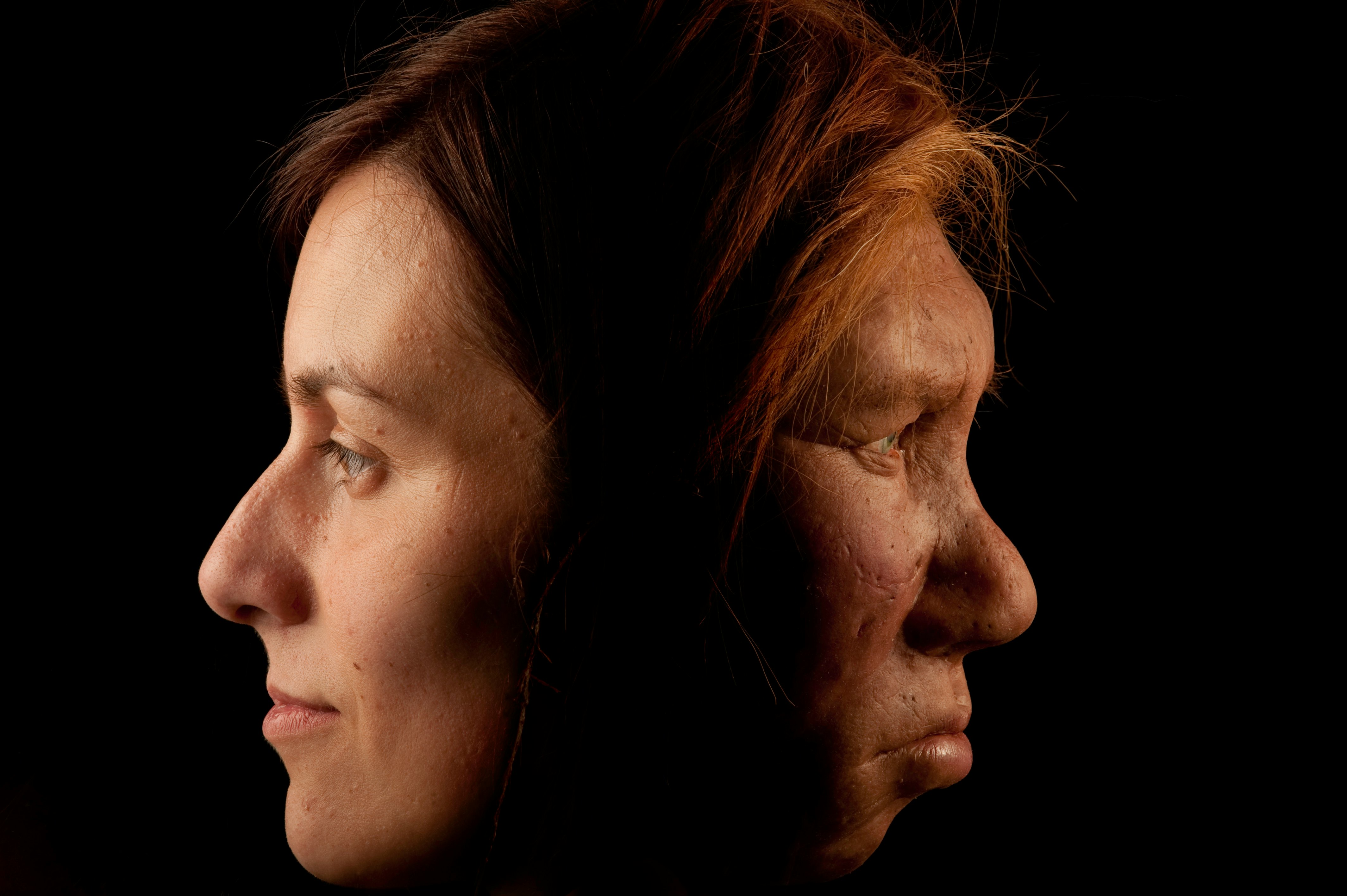
Homo sapiens owe a lot to their ancient human ancestors. It’s not simply because, without them, we wouldn’t be here, but it’s their genes persisting down the generations, influencing our health and well-being today. It’s a scientific effort that hasn’t been without its challenges.
On Monday, the Royal Swedish Academy of Sciences announced the Nobel Prize in Physiology or Medicine went to Swedish geneticist Svante Pääbo for his work in decoding the Neanderthal genome, which was unveiled in 2010.
“Through his pioneering research, Svante Pääbo accomplished something seemingly impossible: sequencing the genome of the Neanderthal,” the Nobel Committee said in a statement. “[His] seminal research gave rise to an entirely new scientific discipline; paleogenomics. By revealing genetic differences that distinguish all living humans from extinct hominins, his discoveries provide the basis for exploring what makes us uniquely human.”
How it all started — Pääbo, who founded the Max Planck Institute for Evolutionary Anthropology in Germany back in 1990, first got his taste for the ancient when traveling to Egypt as a teenager in the late 1960s. The visit had Pääbo set his sights on Egyptology, but he eventually switched to medicine while at Sweden’s Uppsala University. There he studied how adenoviruses — pathogens behind a myriad of infections ranging from the common cold to pink eye — interacted with the human immune system.
Despite the switch, Pääbo maintained an interest in archaeology, particularly in the evolution of ancient DNA. During his doctorate, he began a side project of cataloging DNA isolated from Egyptian mummies using emerging DNA cloning technologies. In 1987, the endeavor eventually led him to a postdoctoral position at the University of California, Berkeley, working with biologist Allan Wilson, well-known for his role in the 1987 discovery of Mitochondrial Eve, the common female ancestor of all humanity.
At the time, working with ancient DNA was an extremely fraught process. DNA fragments don’t exactly survive the ravages of time, and during the process of recovering tissue samples, they can easily be contaminated with bacteria, fungi, and other foreign DNA. Nevertheless, Pääbo persevered in his research, devising techniques to surmount the challenges, such as using the most cutting-edge technology whenever available and enforcing “clean room conditions” comparable to what’s observed in the chip industry.
How he changed the science — When Pääbo began researching the evolution of modern humans and the role of ancient hominids like Neanderthals, there was much debate over how closely related our thick-browed cohabitants were to us.
In 1996, Pääbo and his colleagues received a piece of a Neanderthal humerus (aka the upper arm bone), extracting and amplifying the sample’s mitochondrial DNA.
“We immediately saw that it looked very unusual,” Pääbo said in an interview in 2015. “It was clear that Neanderthals have not contributed mitochondrial DNA to modern humans.”

But the result did suggest that Neanderthals and Homo sapiens shared a common ancestor who lived around 600,000 years ago and that the two species bumped uglies after modern humans migrated out of Africa around 70,000 years ago. This mixing of the gene pools resulted in one to four percent of people of European or Asian descent carrying Neanderthal DNA.
It would take decades of research before Pääbo, and his team sequenced an entire Neanderthal genome in 2010. The same techniques were used to identify a 40,000-year-old finger bone excavated from a cave in southern Siberia in 2008. The researchers’ analysis revealed the fossilized pinky wasn’t Neanderthal but another extinct hominid species dubbed Denisovan who lived across Asia, also shared a common ancestor with Neanderthals dating back 300,000 to 400,000 years, and also bred with modern humans.
Why these discoveries are important — According to one 2021 study, only around one to 7.5 percent of our DNA is unique to us. The rest comes from genes we’ve inherited from Neanderthals, Denisovans, and potentially other ancestral hominid species.
Pääbo’s scientific work set the precedent for understanding how these genetic hand-me-downs impact human health as well as modern medicine. For example, studies have found a Neanderthal gene that raises Covid-19 risk but also protects against HIV (Pääbo was a co-author of this paper). Our brawny great-grandparents’ genes may be influencing fertility, how we feel pain, and our immune health.
There’s still much to uncover when it comes to our Denisovan ancestors, but a 2020 study found genes from this ancient human may have medical importance for native Papa New Guineans, influencing how their bodies respond to viral infections. (Denisovan DNA is highest in the Melanesian population, around four to six percent, according to some estimates.) For the peoples living on the Tibetan Plateau (also known as “the roof of the world”), this DNA may allow them to survive at high altitudes.
For Pääbo, while the importance of his research and the field of paleogenomics it spawned has, without a doubt, been crucial to teasing out the mysteries of human evolution, the geneticist wasn’t expecting to win a Nobel Prize.
“He was overwhelmed. He was speechless, very happy,” said Thomas Perlmann, secretary of the Nobel Assembly, at the announcement. “He was incredibly thrilled about this award.”







